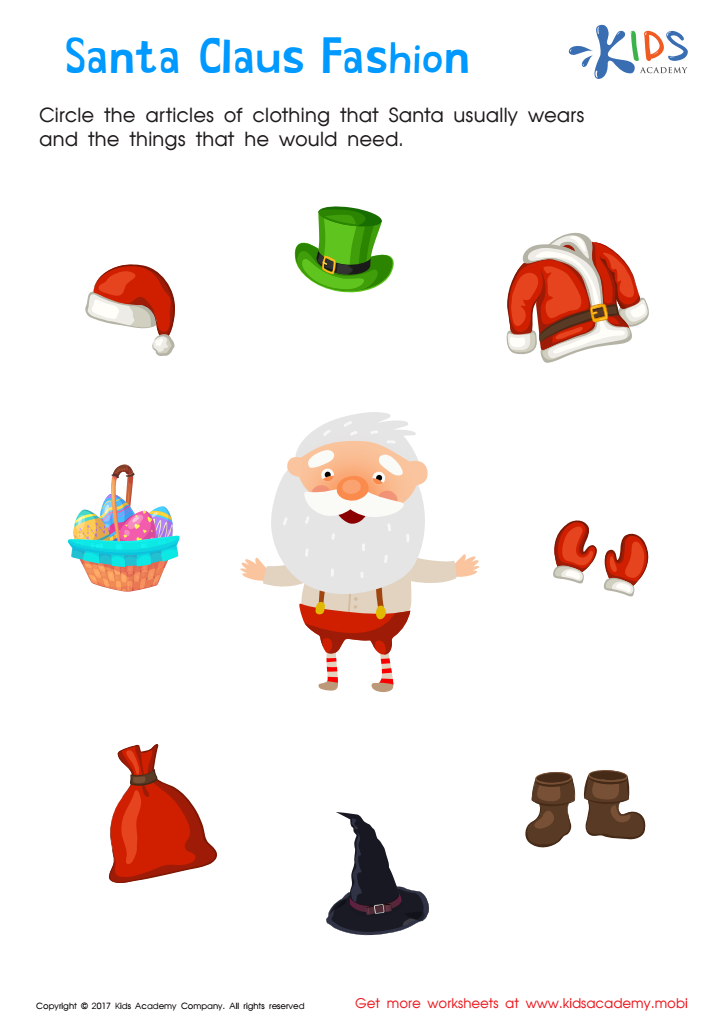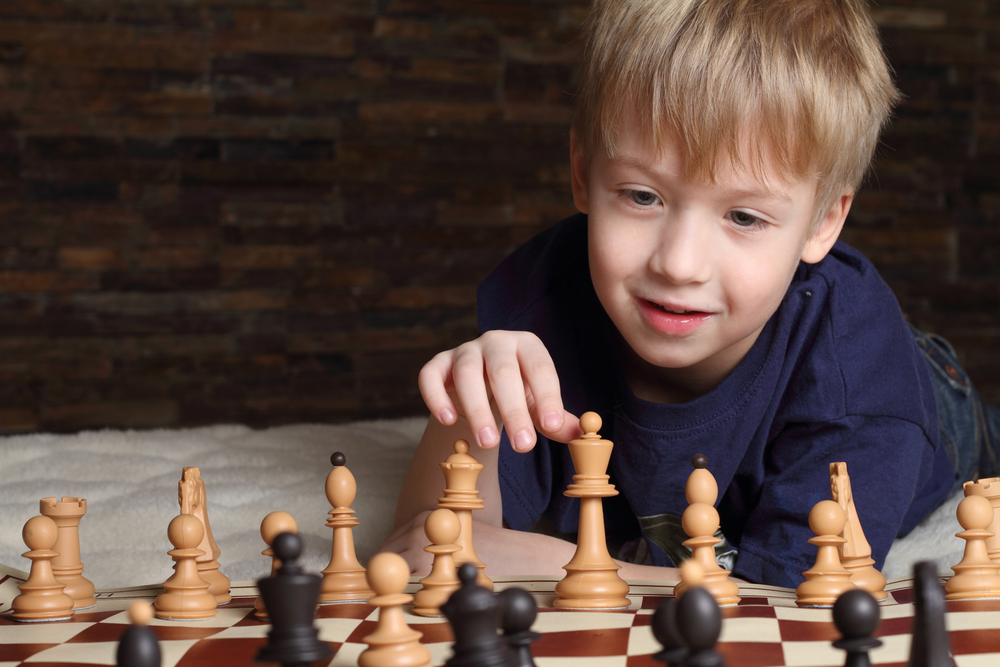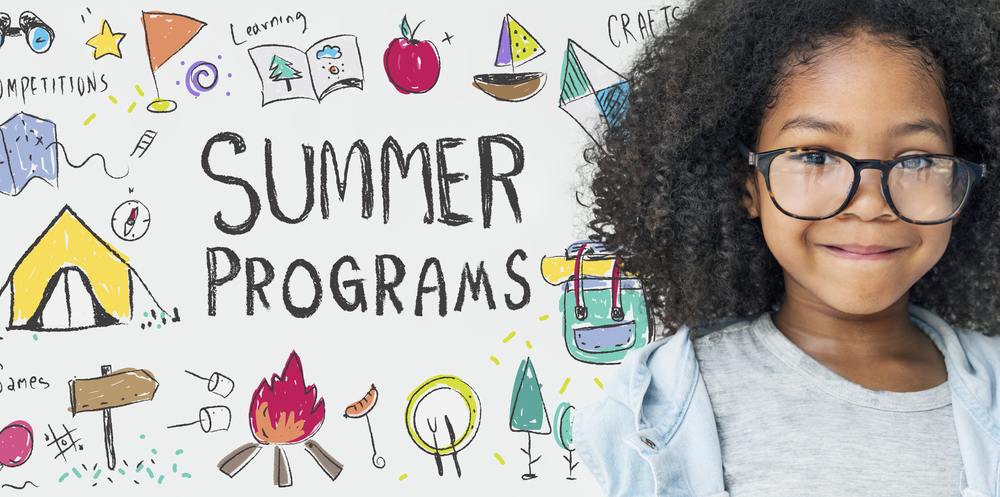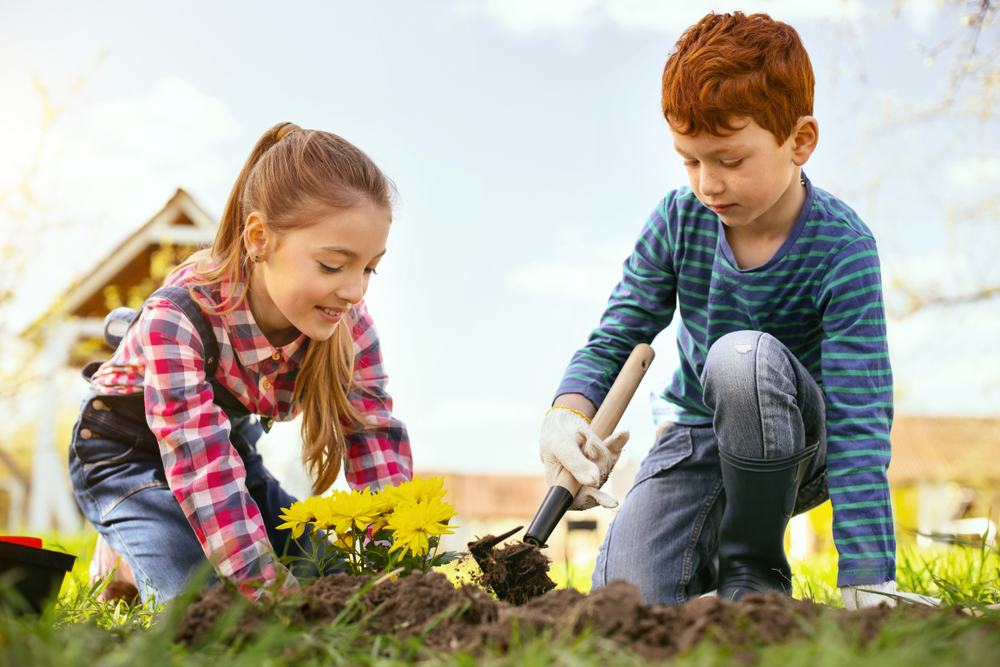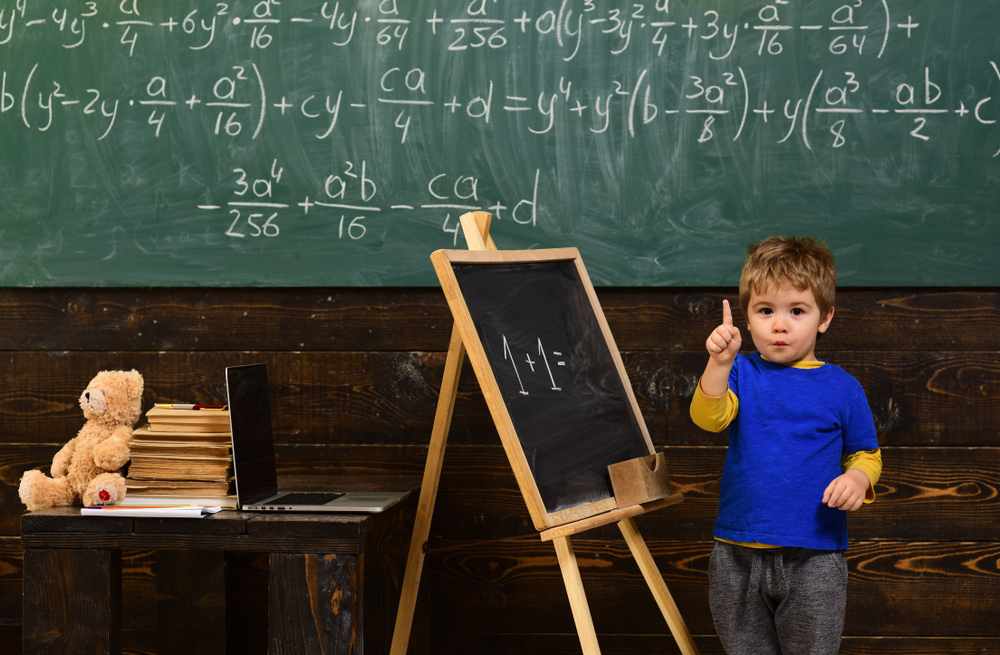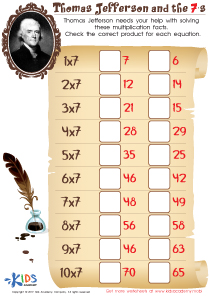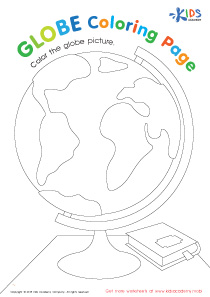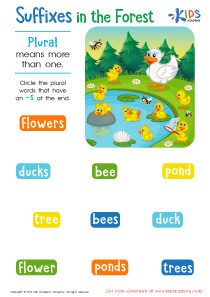PDF and Free download Easy Community Worksheets With Answer Keys for Kids
20 filtered results
Difficulty Level
Grade
Age
-
From - To
Subject
Activity
Standards
Answer Keys for Easy Community Worksheets
Introducing our comprehensive collection of Easy Community worksheets with answers! Designed to engage learners of all ages, these meticulously crafted worksheets provide an interactive and enjoyable way to explore various aspects of community life. From understanding neighborhood services to promoting civic responsibility, each worksheet is thoughtfully curated with clear instructions and meaningful exercises. With the accompanying answer key, educators and parents can effortlessly guide learners towards a deeper comprehension of community dynamics. Whether used in classrooms or homeschooling environments, these Easy Community worksheets with answers are a must-have resource for fostering a strong sense of community awareness and active citizenship.
Favorites
With answer key
Interactive
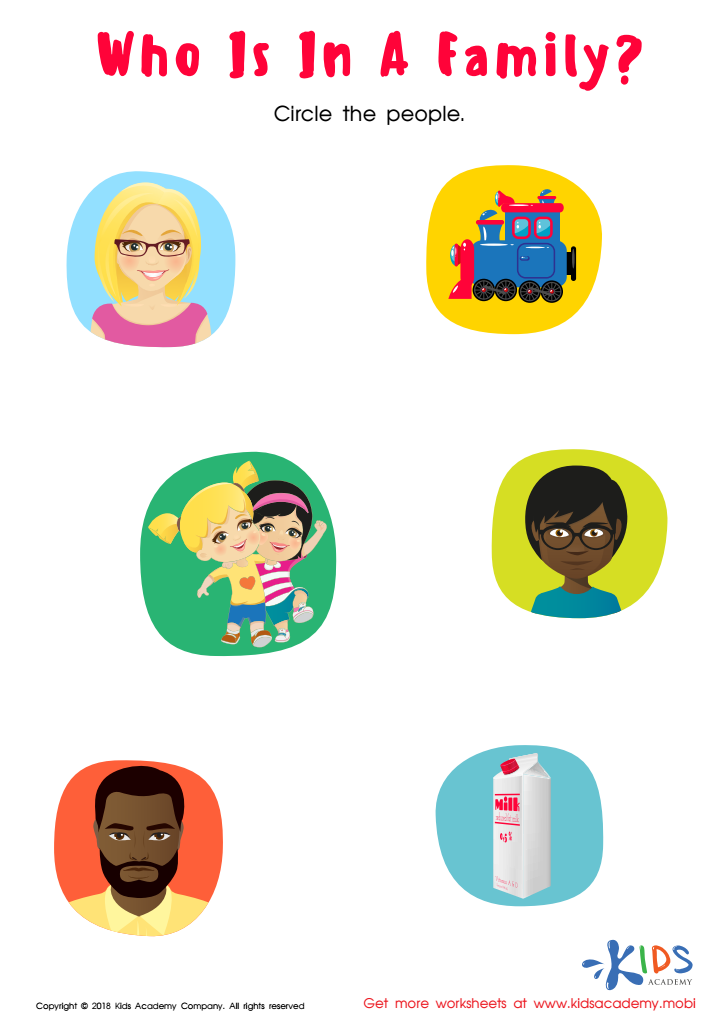

Who Is in a Family? Worksheet
Kids enjoy discussing families. This easy, colorful worksheet helps them determine if a person or thing is in a family. Children look at each picture, name it, and circle it if it represents someone in a family. It introduces or reinforces family words, making it ideal for toddlers.
Who Is in a Family? Worksheet
Worksheet
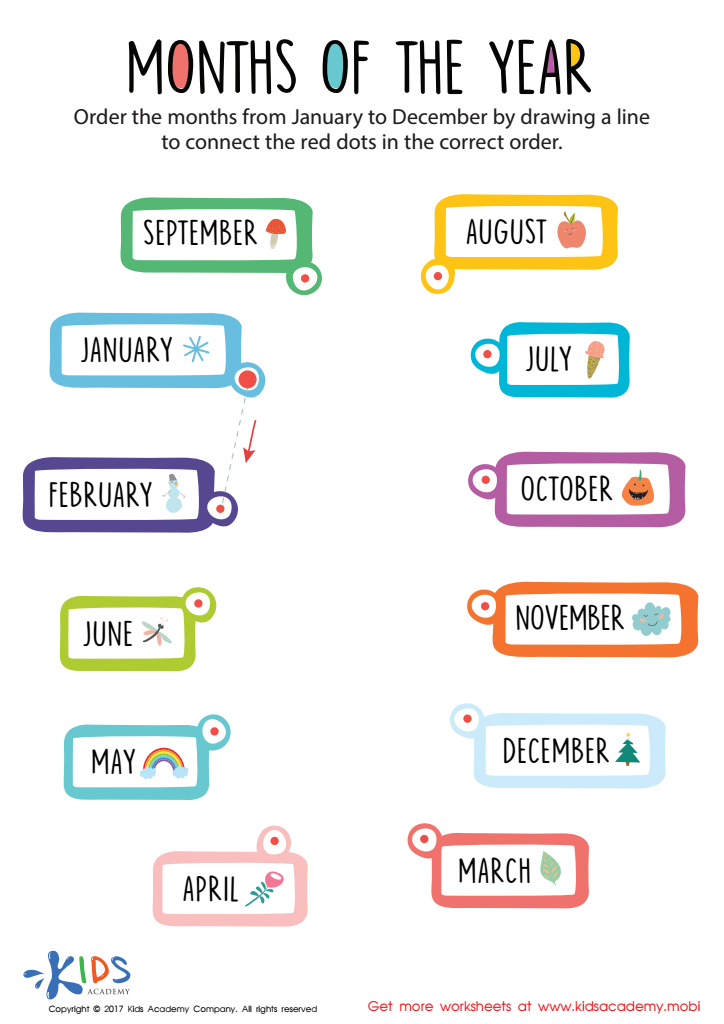

Months of the Year Worksheet
Challenge your child with this months of the year worksheet! Help them remember the yearly calendar by having them connect the dots from January to December. It's a fun way to test their knowledge of the twelve months and sharpen their memory!
Months of the Year Worksheet
Worksheet
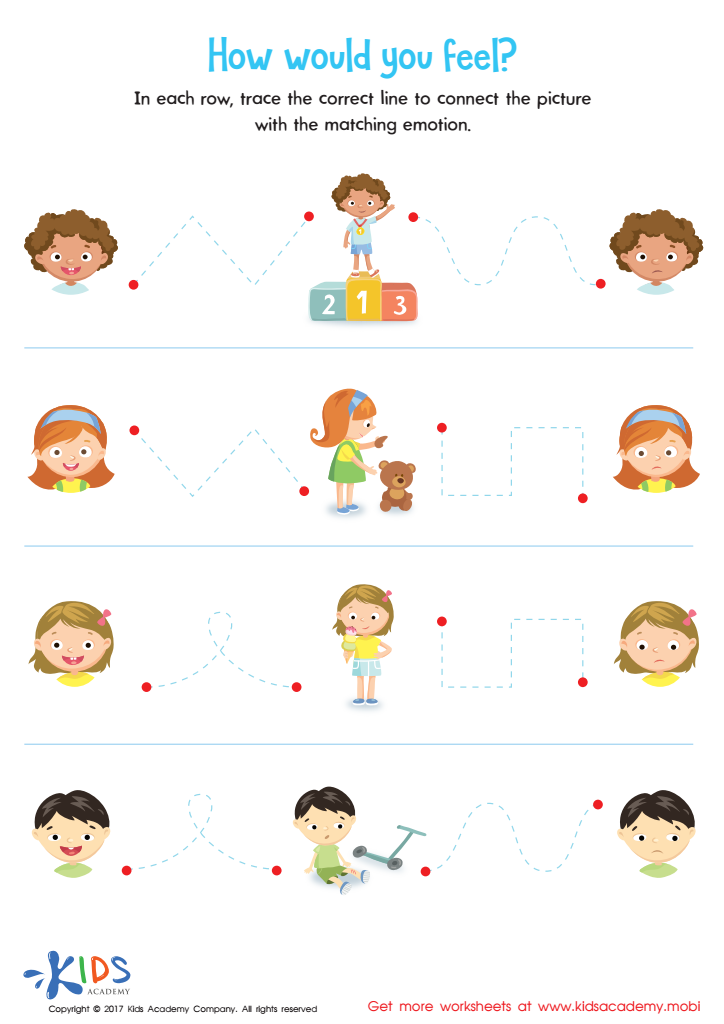

Feelings and Emotions Worksheet
Kids must learn how to deal with situations and handle their own emotions. This worksheet helps them practice empathy and resilience, making them more self-aware and confident. It also helps them to relate their life experiences to common disappointments and develop coping mechanisms.
Feelings and Emotions Worksheet
Worksheet
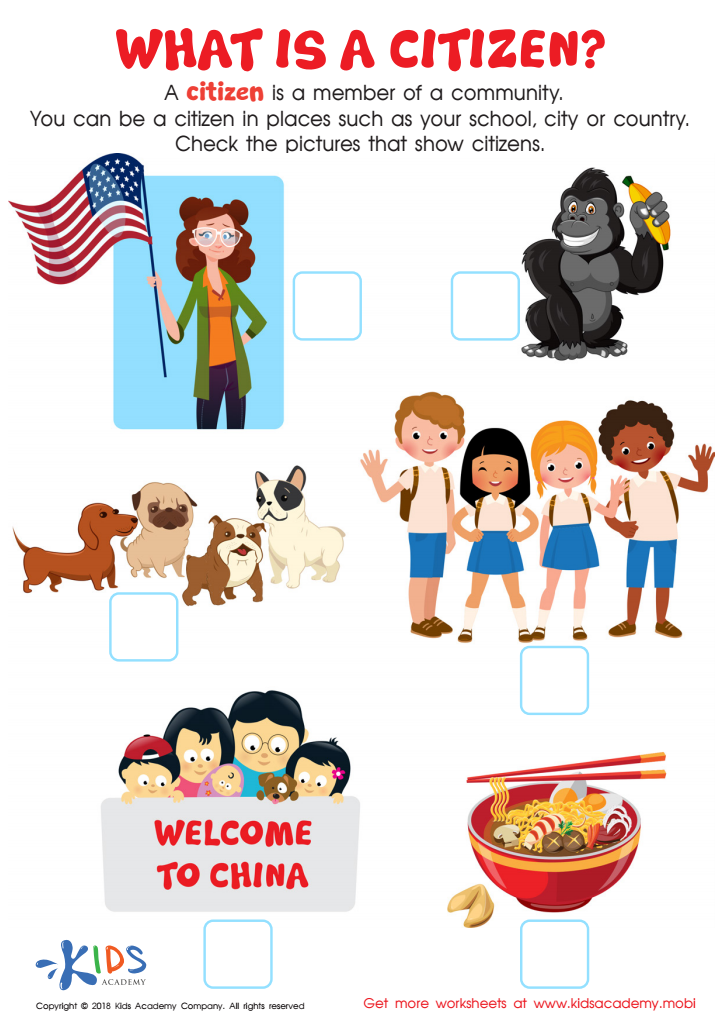

What is a Citizen? Worksheet
Do your students know who a citizen is? Use this worksheet to teach them: a citizen is a member of a community, such as your school, city or country. Look at the pictures in the pdf with your students. Ask them to identify who or what is in the pictures, and help them check which are citizens.
What is a Citizen? Worksheet
Worksheet
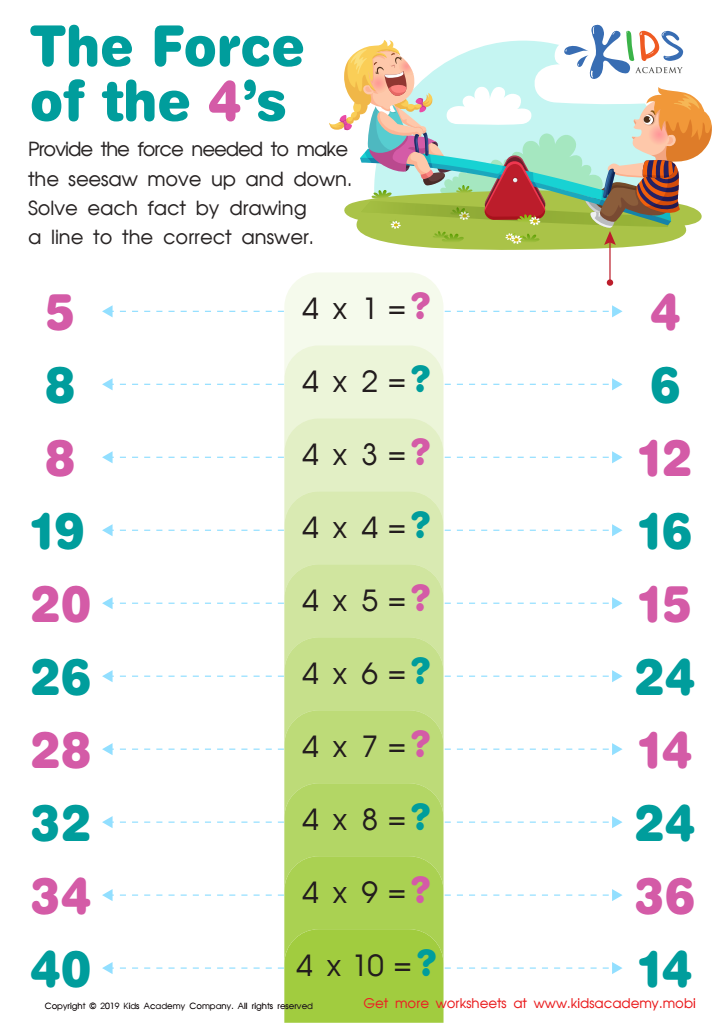

The Force of the 4's Worksheet
Ride a seesaw with your child and explore the physics behind it! Explain how it needs two people and how force makes it go up and down. Use the memories of the pleasurable experience to teach your kid a lesson in force. Show them how to solve the worksheet by drawing a line to the correct answer. This way, they'll learn the force needed for the seesaw to move.
The Force of the 4's Worksheet
Worksheet
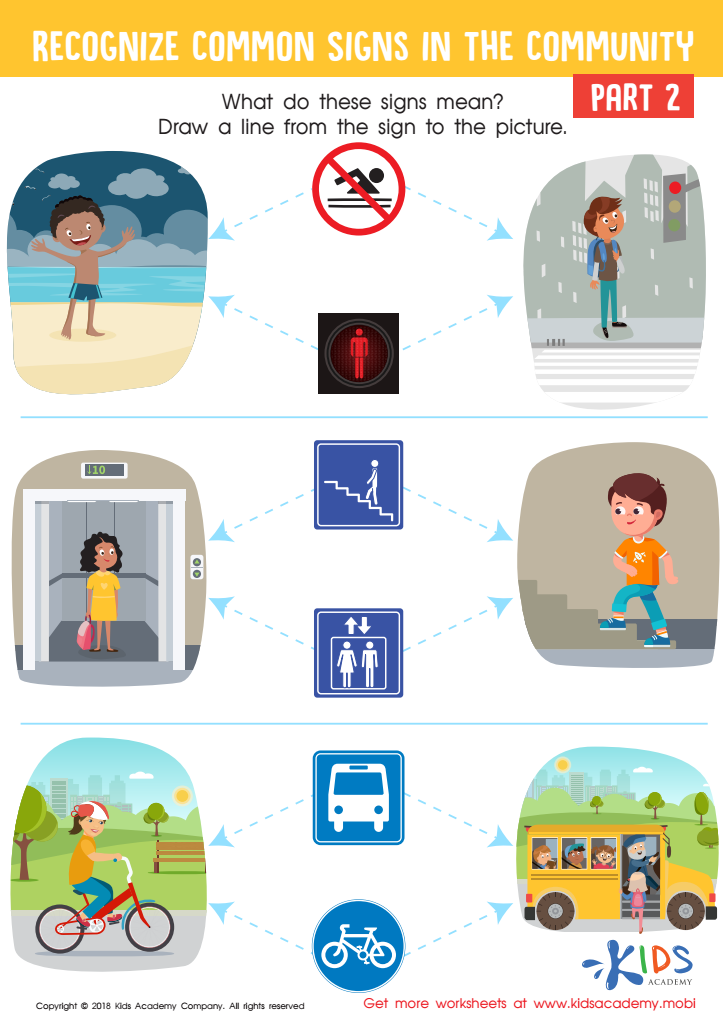

Recognize Common Signs: Part 2 Worksheet
This PDF worksheet helps your preschooler match prior knowledge to community activity signs, aiding development of pre-reading skills. It gives them pictorial comprehension which links to decoding and fluent reading. Pictures are key - it all begins here!
Recognize Common Signs: Part 2 Worksheet
Worksheet
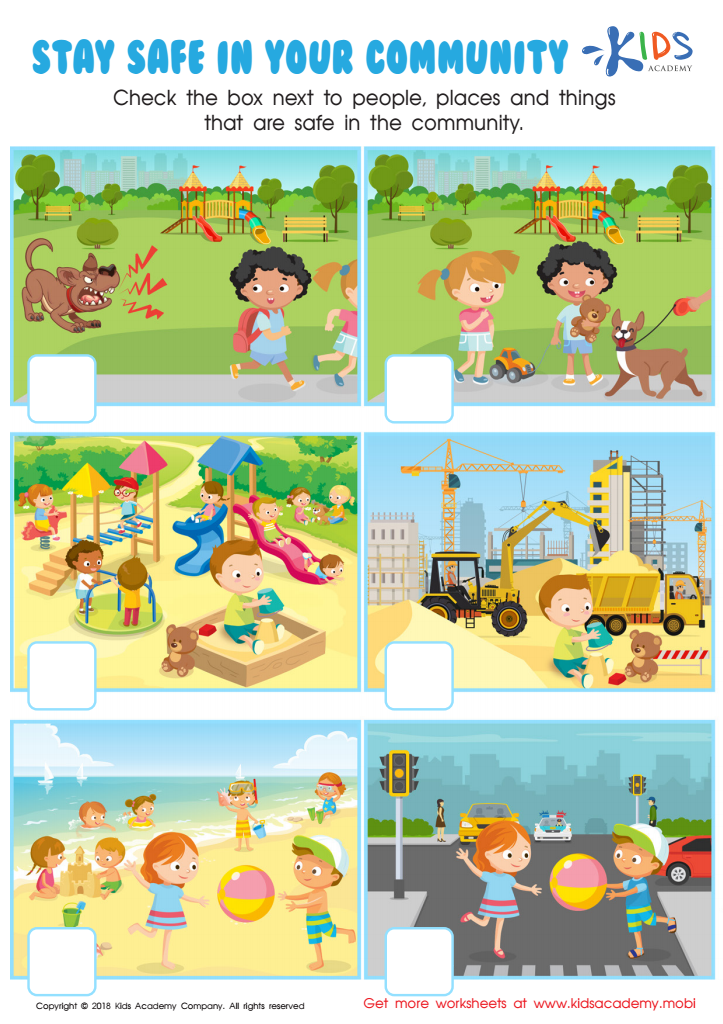

Stay Safe in Your Community Worksheet
It’s vital to ensure your kids understand safety in your community. There may be schools, homes, and construction sites, so it’s important to teach your children to be aware of the risks. Help them look at the pictures in the worksheet and identify which are safe. Ask them to tick the box next to the safe people, places, and things.
Stay Safe in Your Community Worksheet
Worksheet
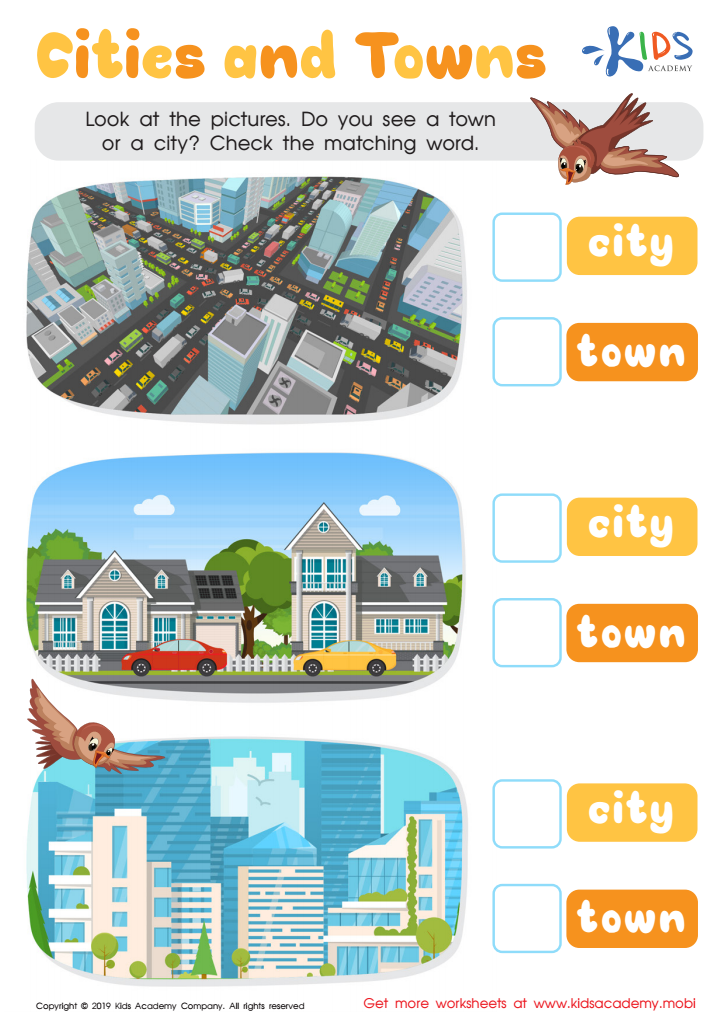

Cities and Towns Worksheet
Cities are buzzy and busy while towns tend to be peaceful. Ask your child if they can tell which one is which from a picture. This could be a great way to test their understanding of the differences between towns and cities. There are many businesses in cities, tall buildings and lots to do. Meanwhile towns are usually quieter.
Cities and Towns Worksheet
Worksheet


Cities Worksheet
This social studies PDF introduces kids to the differences between cities and towns. Colorful imagery helps them to distinguish between the two; for example, cities have traffic, business people and skyscrapers, while suburbs and rural areas do not. This allows children to have a reference point for what makes cities unique.
Cities Worksheet
Worksheet
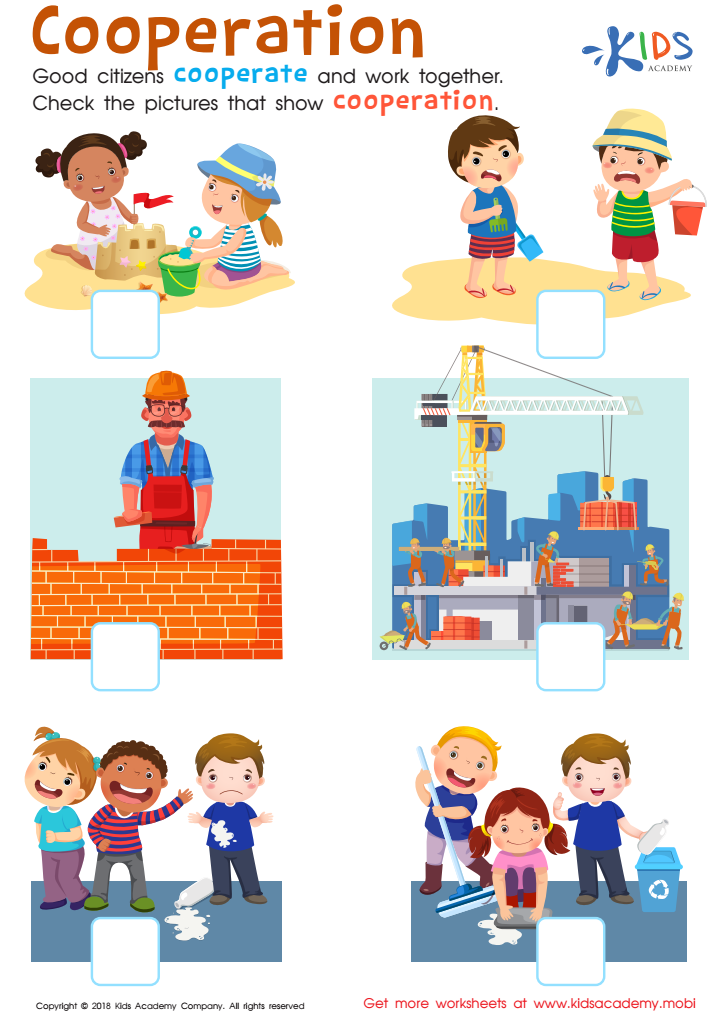

Cooperation Worksheet
Cooperation is an essential component of successful teamwork - in school, in offices, with citizens. Ask your students to check the pictures in the worksheet showing citizens working together. This is what makes a good citizen: cooperation.
Cooperation Worksheet
Worksheet
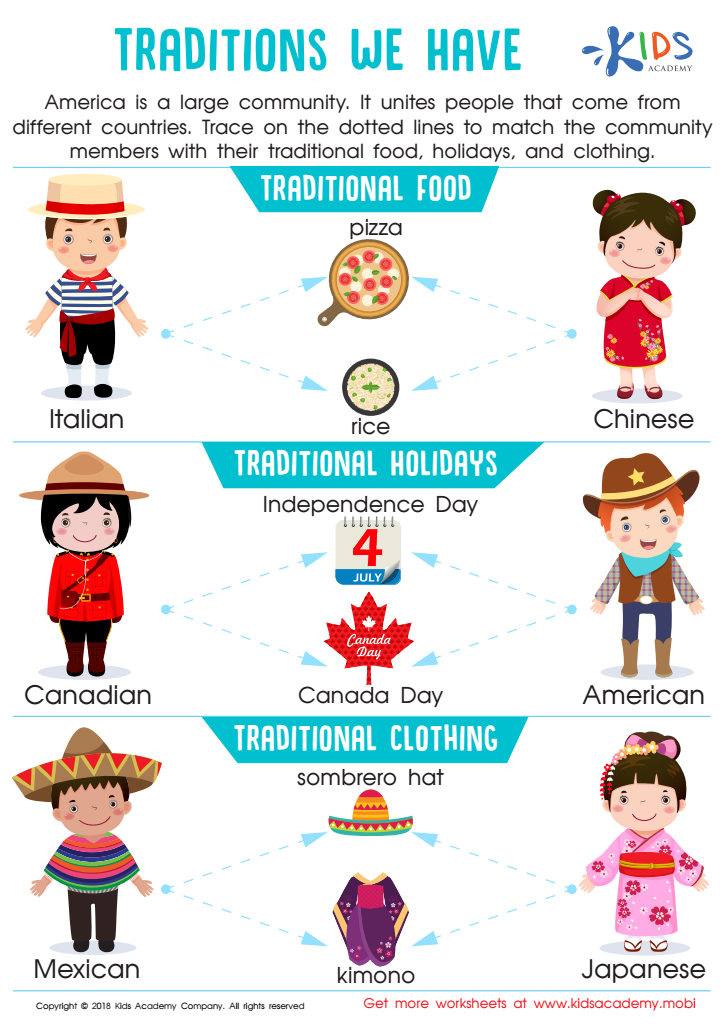

Traditions We Have Worksheet
Help your child learn about the world's diverse cultures with this tracing sheet. Trace the dotted lines to match different community members with their traditional holidays, foods and clothing. America is just one of many countries with multiple communities living together - teach your child that everybody has different backgrounds and customs, opening their minds to an even bigger world.
Traditions We Have Worksheet
Worksheet
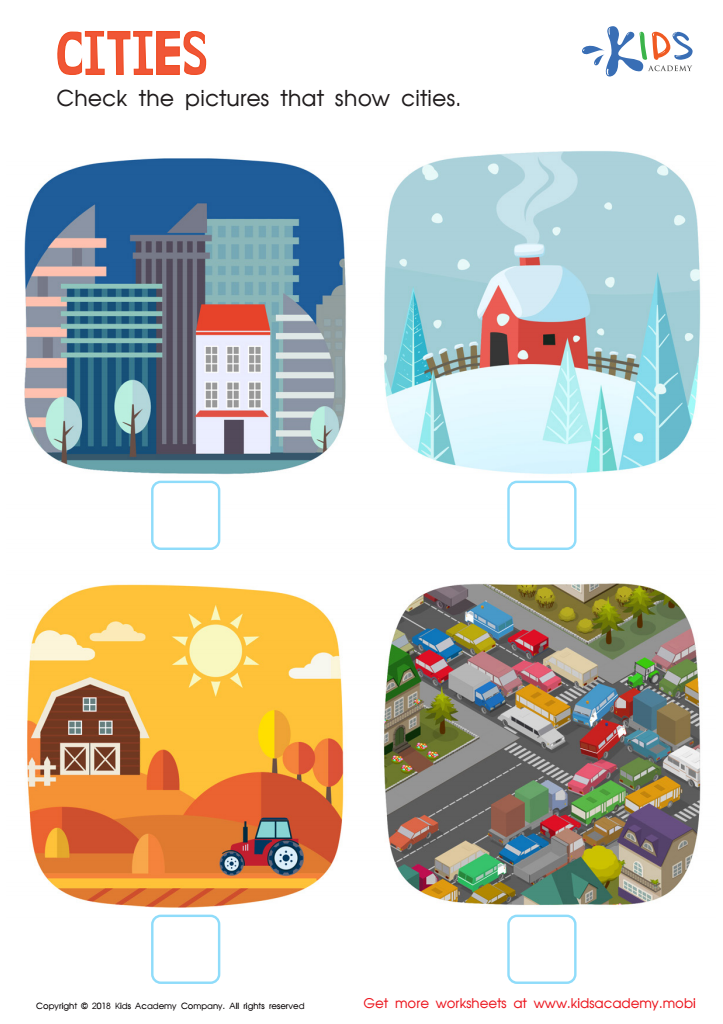

Cities Worksheet
This worksheet helps kids identify similarities and differences between communities. It offers four pictures of different places to live; country, city, etc. Kids use picture clues to determine which one is a city and can practice their geography and map skills. It's a great way for them to learn, allowing them easy success and reinforcement.
Cities Worksheet
Worksheet
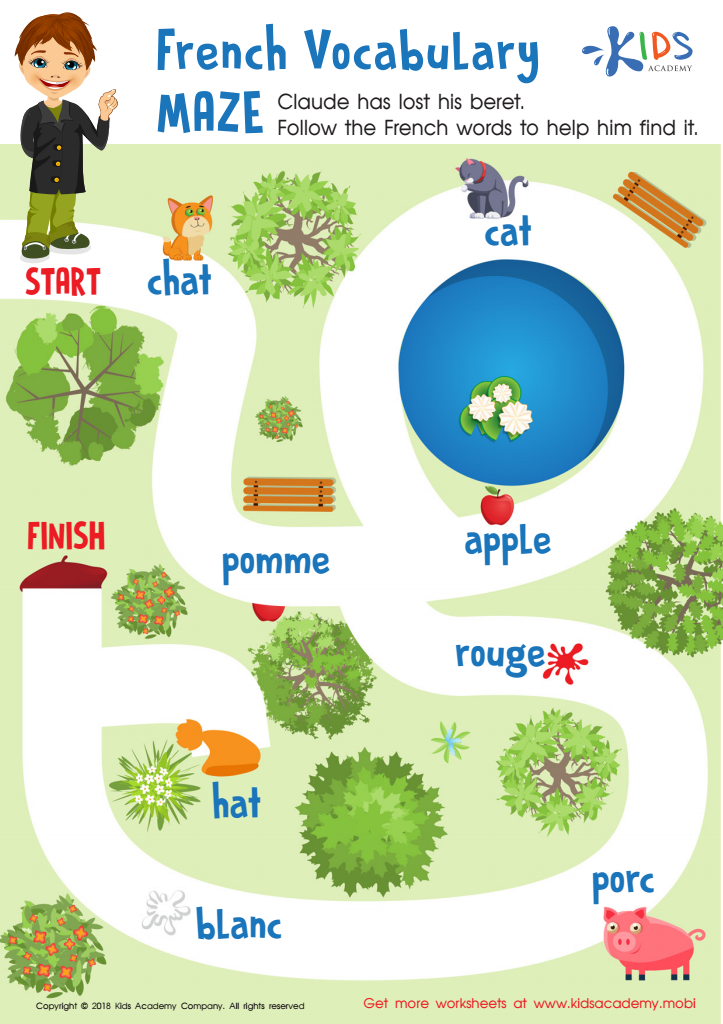

French Vocabulary Maze Worksheet
Kids can learn they're part of a global community with this fun maze worksheet. Claude needs help finding his beret, and by using the pictures children will develop their fine-motor skills. They don't even know they're learning new language words, they're just helping a friend!
French Vocabulary Maze Worksheet
Worksheet
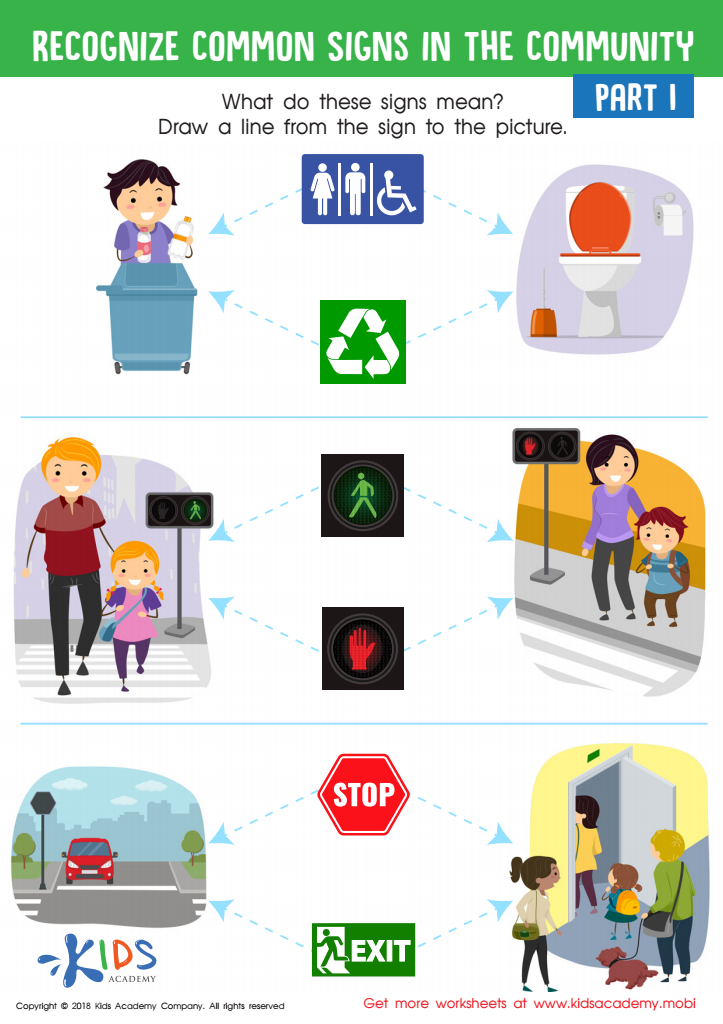

Recognize Common Signs: Part 1 Worksheet
Beginning readers can strengthen picture identification and decoding skills with a free downloadable worksheet. They use traceable lines to match activities in community signs to the correct pictures and build a bridge to reading. This helps familiarize them with their surroundings and starts them on their reading journey.
Recognize Common Signs: Part 1 Worksheet
Worksheet
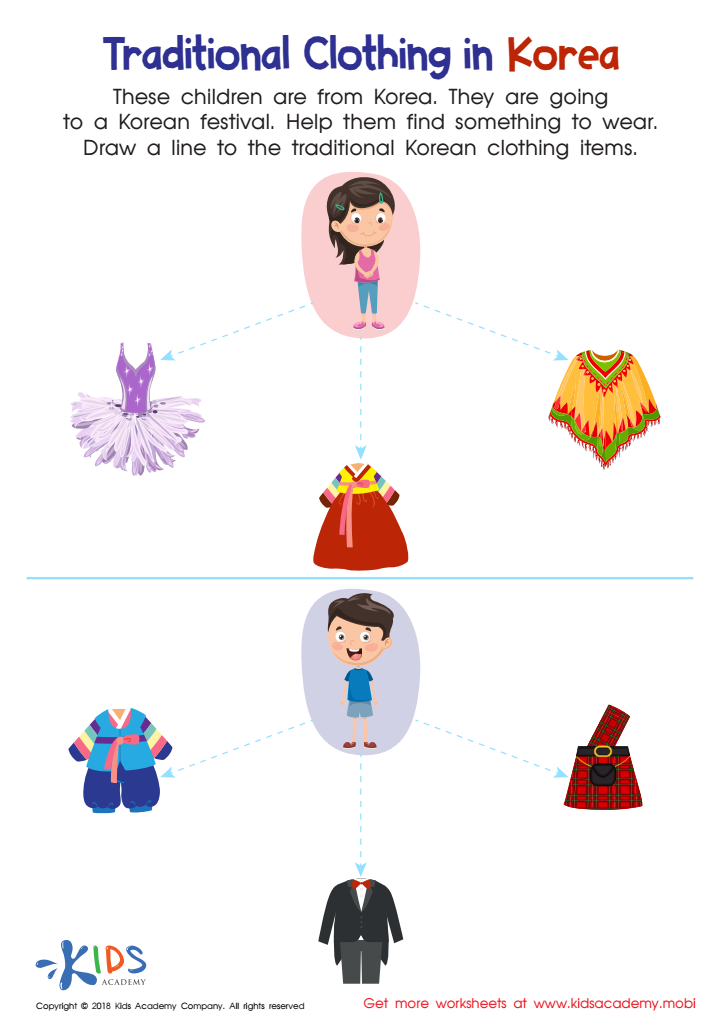

Traditional Clothing in Korea Worksheet
Students can explore global cultures through this fun PDF worksheet. It introduces Korean children and a Korean festival. Students can choose the children's clothing using traceable lines. It's essential for our globally connected students to learn about different traditions, clothing, foods and cultures of other countries.
Traditional Clothing in Korea Worksheet
Worksheet


Let's Go to School! Worksheet
Ask your kids to circle the objects they need for school on this worksheet. It contains pictures of different objects - some needed and some not related to school. This should be easy for them as they're already enrolled or homeschooled.
Let's Go to School! Worksheet
Worksheet
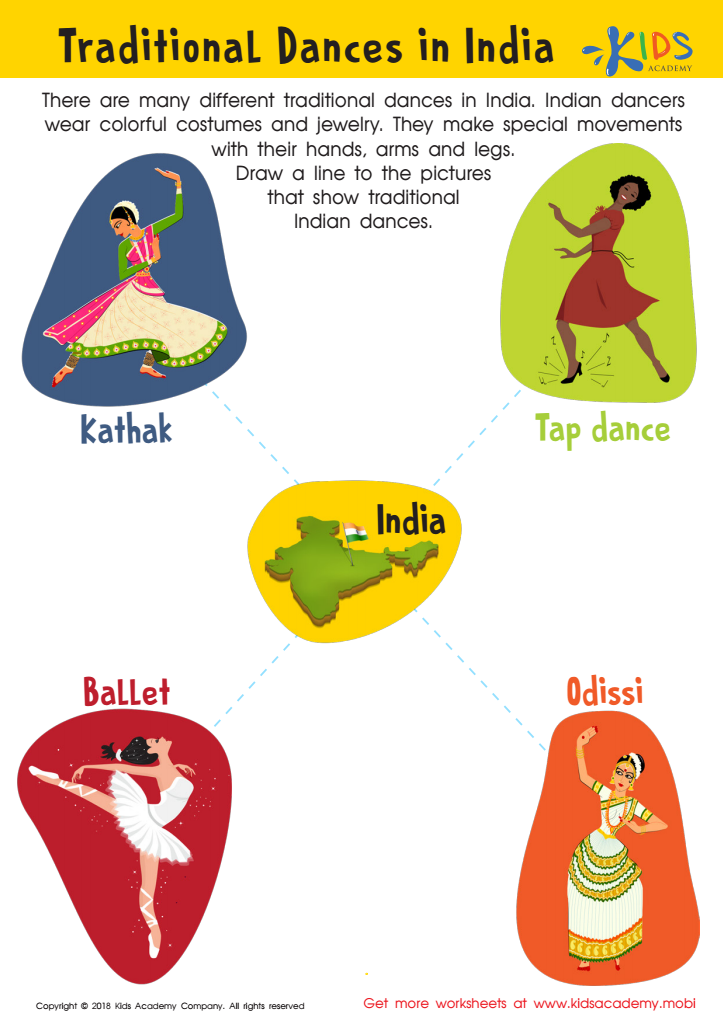

Traditional Dances in India Worksheet
Teach students to celebrate diversity! This free worksheet lets them explore Indian traditional dances, costumes and jewelry. They'll discover Kathak and Odissi, while practicing motor skills tracing the matching lines. Give them a glimpse into the global community!
Traditional Dances in India Worksheet
Worksheet
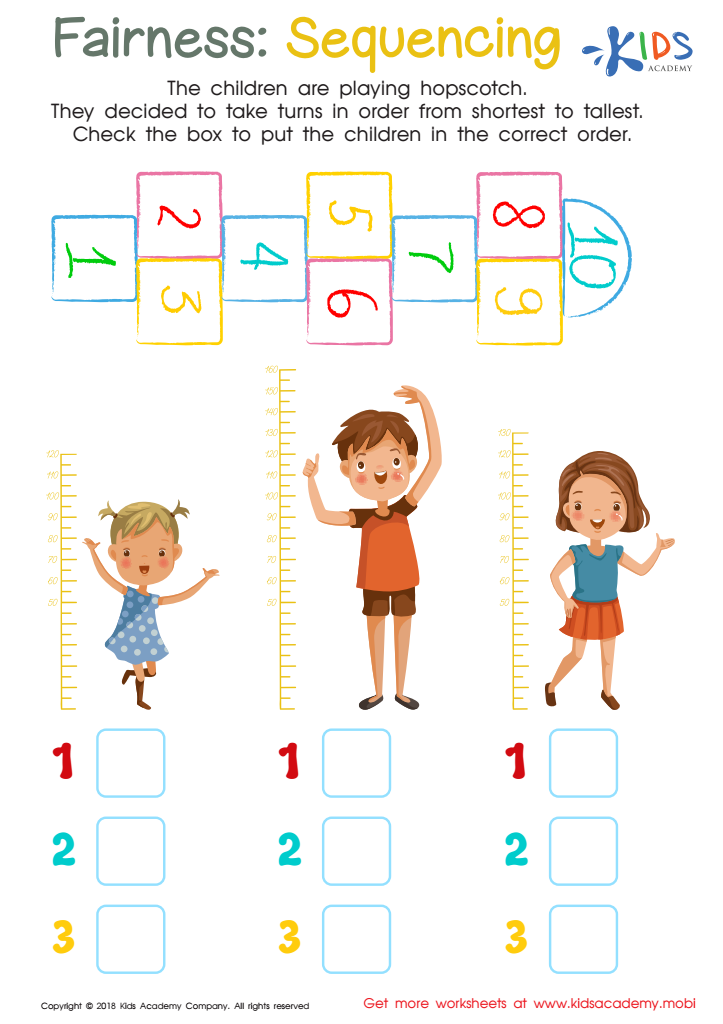

Fairness: Sequencing Worksheet
Kids likely already know how to play hopscotch. Ask them to show you the shortest, tallest and middle child in the worksheet. Then, help them order them from shortest to tallest by checking the boxes.
Fairness: Sequencing Worksheet
Worksheet


Kindness Maze Worksheet
Rewards come in many forms for kind deeds. When your children do good, you can choose to reward them with a gift or compliment. The students in this worksheet have been awarded the Good Citizen Award for kindness. Let your kids help the students find their way to the award - at the center of the maze. Guide them through to get their prize.
Kindness Maze Worksheet
Worksheet

 Assign to the classroom
Assign to the classroom
